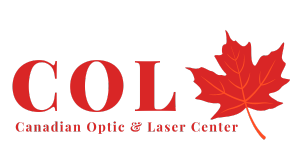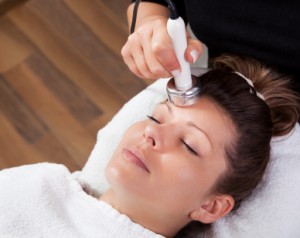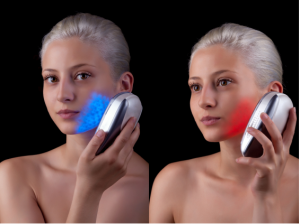Certified students in the Cosmetics program can get involved in the beauty industry and join various types of clinics and spas.
Laser Therapy has been used in cosmetic and beauty cases wildly all over the world. Some applications include acne treatment, face lifting, stretch mark removal, scar removal, keloid, hair growth. Photo rejuvenation is a skin treatment that uses different light sources including high power lasers, low level lasers, intense pulsed light and other light emitted diodes to treat certain skin conditions and remove wrinkles arising from photoaging. The process induces controlled wounds on the skin, prompting it to heal itself by creating new cells. This process reverses the effects of photoaging to a certain extent by removing wrinkles. Photo rejuvenation technology is always changing and improving.
The course consists of basic anatomy and physiology of the skin and hair growth, regeneration of skin, tissue and collagen synthesis, and the effects of vascular and lymphatic system and their roles in healing processes. By completion of this course, the students will also have a thorough understanding and knowledge of effective treatment methods for acne, rosacea, scar , stretch mark, photo rejuvenation. Students also learn about hair loss and scar removal.
Ask A Question Here:
Course topics include:
- Review anatomy and physiology of the skin and hair growth.
- Laser physiology in relation to anti-oxidant effects, regeneration of skin, underlying supportive connective tissue and collagen synthesis.
- Understanding the physiology of Laser Therapy and its effects on vascular and lymphatic system and their role in the healing process.
- The inflammatory response and scar tissue formation.
- Treatment guidelines for effective treatment of variety of skin conditions.
- Effective treatment for hair loss due to stress, alopecia areata.
- Thick keloid and hypertrophic scars and to inhibit excessive scar tissue formation following surgery or burns.
- Regulate scar formation.
- Reduction of old and new stretch-marks.
- The physiology of skin aging
- Face Wrinkle Types
- Laser resurfacing
- IPL, Cold Laser Therapy, Light Emitted Diods–Phototherapy
- Indications and contraindications
- Side effects
- Pre and post treatment
The demand for laser treatments is high. The U.S. Bureau of Labor Statistics states that 34% job growth is expected for these personal care professionals through 2016. According to the American Society for Aesthetic Plastic Surgery, ASAPS, non-invasive procedures in 2006 were 83% of the total of all procedures performed. That is up from 9,297,731 in 2005. It is a significant jump however from ten years ago. In 1997 only 1,126,377 non-invasive procedures were performed. This is a 747% increase in non-invasive procedures in the past ten years. Laser hair removal was the second of the top five nonsurgical cosmetic procedures in 2008. In Canada the number of patients having non-surgical facelift procedures grew dramatically in 2003 as practitioner availability grew by 325%. Laser hair removal procedures were up 33% from 2002.
In addition, Health Canada has officially stated that “one way to minimize the risk of laser services is to be sure that the person who will operate the laser device has the training and experience needed to perform the procedure safely and effectively”, so there is need for proper training programs.
This research shows that there is a high demand for Laser technicians in the cosmetic industry. Upon completion of the Laser Technician for Cosmetic program, our students will be able to seek jobs in Personal Service Establishments that include spas, cosmetic and beauty salons, and health Clinics. They also have the option of starting their own business or adding this service to an existing business.


